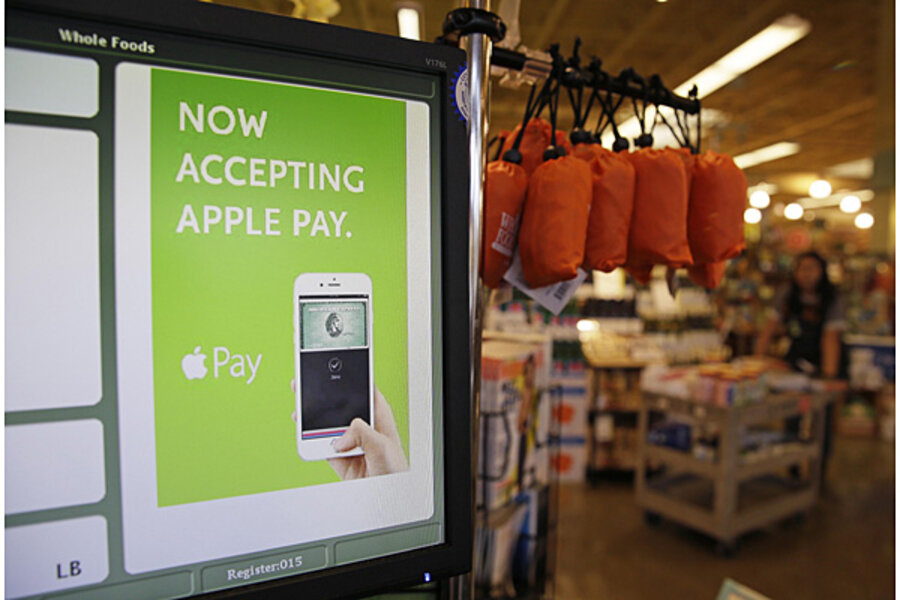Most retail stores that accept contactless payments should be able to use Apple Pay, as well as Google Wallet, Softcard and other services that are based on a wireless-chip technology called near-field communication, or NFC. It's possible that some stores have the hardware in place, but haven't turned on the functionality yet. The debut of Apple Pay is likely to prompt those merchants to do so.
A few dozen chains, including Macy's, McDonald's, Subway and Whole Foods, are expected to accept Apple Pay right away, though some of their stores might not be ready yet. Other retailers expected to do so by the end of the year include Staples, Urban Outfitters and Walt Disney Parks and Resorts.
Apple is distributing logos to merchants that accept Apple Pay, similar to symbols for Visa and MasterCard, though the lack of a logo doesn't necessarily mean Apple Pay isn't accepted.
In addition, you can use Apple Pay to make online purchases within apps, without having to enter card numbers, billing addresses and other information. It's up to merchants to enable this with app updates. Groupon, OpenTable, Staples and Target are among the initial ones to do so. You'll see a button for "Apple Pay" or "Buy with Apple Pay." The new iPads will be able to make in-app payments, but they lack NFC chips for in-store payments.







